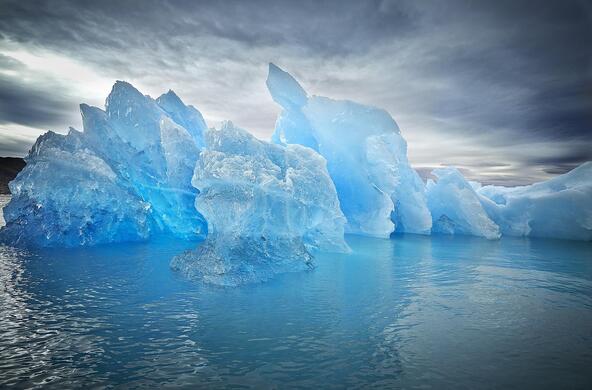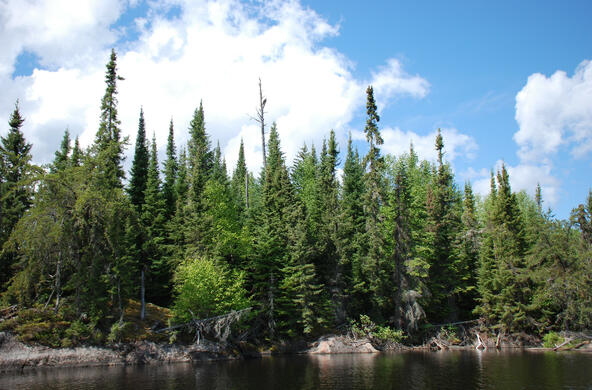Climate change is altering winter weather in the Northeast, leading to less snow and more ice. Join scientists Peter Groffman and Lindsey Rustad for a virtual Cary Science Conversation with Cary President Joshua Ginsberg. They discuss how winters are changing, consequences for forest ecosystems, and adaptations.
If less shoveling sounds like a reprieve, think again. Northeastern forests, and the resources they provide, need snow to stay healthy. And there is evidence that ice storms – the most destructive form of winter weather – will become more frequent and severe under changing climate conditions.
Hubbard Brook Experimental Forest, located in the White Mountains of New Hampshire, is home to one of the world’s longest-running ecosystem studies. Peter Groffman and Lindsey Rustad have led research at Hubbard Brook for decades – including cutting edge experiments exploring effects of climate change on winter weather.
Discover why ice storms are on the rise, how they transform ecosystems, and what happens when scientists ‘create’ an ice storm in the forest. (Hint: It’s beautiful, but destructive.) Explore how cold winter temperatures thwart invasive forest pests, and how snowpack helps prevent winter tree injury while protecting soil health, water quality, and forest wildlife. And learn how ecosystems and people are adapting to the changes underway.
Lindsey Rustad co-directs the USDA Northeast Climate Hub, providing expertise on the impacts of global change on northeastern forests. She is also a Research Ecologist with the USDA Forest Service. Peter Groffman is a Professor at the City University of New York (CUNY) Advanced Science Research Center and a Research Fellow at Cary Institute.
Resources
Papers & briefs
Confronting Our Changing Winters
Research brief: The Ice Storm Experiment at Hubbard Brook
Videos
NSF on the Hubbard Brook Ice Storm Experiment
Hubbard Brook Ice Storm Experiment
Snow is Good





